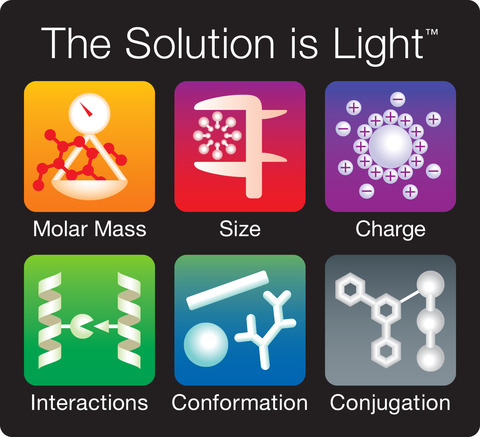
Sustainable polymers have gained attention recently as an environmentally friendly alternative with consumers and regulators alike placing a growing emphasis on the benefits of these innovative materials.
Successful commercial products in this area require optimization of key attributes such as the polydispersity Index (PDI) and particle size, which enhance product quality, performance, and consistency.
Measuring these attributes can be completed by light scattering, which provides insights into both PDI and size making the information it provides indispensable for both research and development as well as QC and release. In addition to characterizing the developing and final material, light scattering can also assess the suitability of sustainable polymers by monitoring the process and completeness of the degradation. This is done by measuring the shift in molecular weight of the sample. Additionally, biodegradation may also lead to changes in molecular conformation, indicated in light by the ratio of rms radius Rg (radius of gyration) to molecular weight. In summary, sustainable polymers are increasingly important in today’s eco-conscious world and light scattering serves as a valuable analytical tool supporting their development and release.
The linked documents shown below elaborate on how light scattering techniques can be employed to assess polymers that are being formulated to meet this demand.
Related Articles
White paper: “Lignin and lignosulfonate characterization with SEC-MALS and FFF-MALS”…In view of the push for sustainability, efforts to find new ways for utilization of lignin have been increasing and more research is devoted to finding productive applications...
Application note: Low molecular weight polystyrene characterized by SEC-MALS
…Molecular weights below two thousand Daltons can be measured easily and with remarkable precision.
White Paper: “Branching revealed: Characterizing molecular structure in synthetic polymers by multi-angle light scattering”



